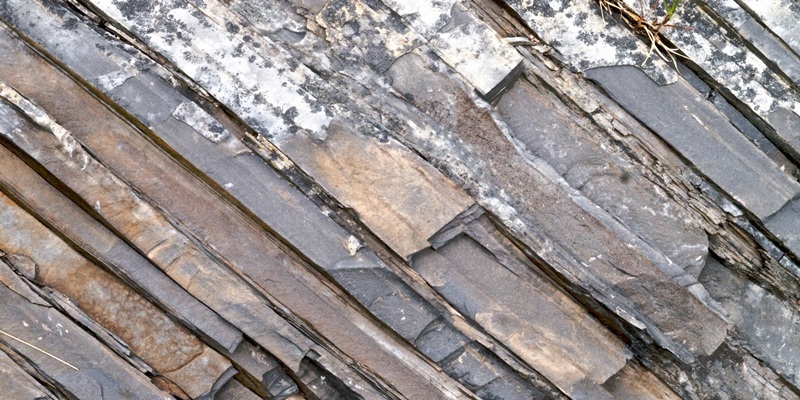As North Sea gas and oil deposits dwindle, the search for alternative fuel supplies has gathered pace.
Gas embedded in shale rock formations deep below the Earth’s surface had long been considered inaccessible, due to high drilling costs.
However, new horizontal drilling methods, combined with techniques to fracture the rock, have for the first time made shale gas production practical.
The gas is found in shale formed from deposits of mud, silt, clay and organic matter and companies are studying Scotland’s geological makeup in an effort to identify suitable sites for exploration.
The most promising deposits stretch from south of Glasgow across the country and along the south coast of Fife.
At Airth, Australia’s Composite Energy wants to sink a £1 million test bore 2000 metres deep before the end of the year.
Even before the Blackpool quake, the proposal proved controversial, with fears expressed by some parties about its environmental impact.Exploration pressureThe gas is extracted by drilling down, then horizontally through the ground and then by “fracking” a process of hydraulic fracturing of the shale using high-pressure liquid containing chemicals to release the gas.
This avenue of fuel production is not popular with the environmental lobby while shale gas does not emit much more carbon in its production and use than conventional natural gas, they believe its exploitation could add to the greenhouse gases already being released, increasing the problem of climate change.
There are also fears that the process pollutes groundwater.
The lure of a new fuel source has put government north and south of the border under pressure to at least explore the options available.
“We support industry’s endeavours in pursuing such energy sources, provided that tapping of such resources proves to be economically, commercially and environmentally viable,” said a Department of Energy and Climate Change spokesman.
A Scottish Government spokesman added, “Unconventional gas offers huge potential as long as development and use is consistent with environmental objectives.”
Photo used under Creative Commons licence courtesy of Flickr user Seldom Scene Photography.
